
When installing solar panels, the choice of angle and positioning directly impacts the system’s energy efficiency. If the panels are not optimally oriented or tilted, energy absorption will decrease, affecting overall performance. This guide explores the best angles and directions for solar panels and provides optimization tips.
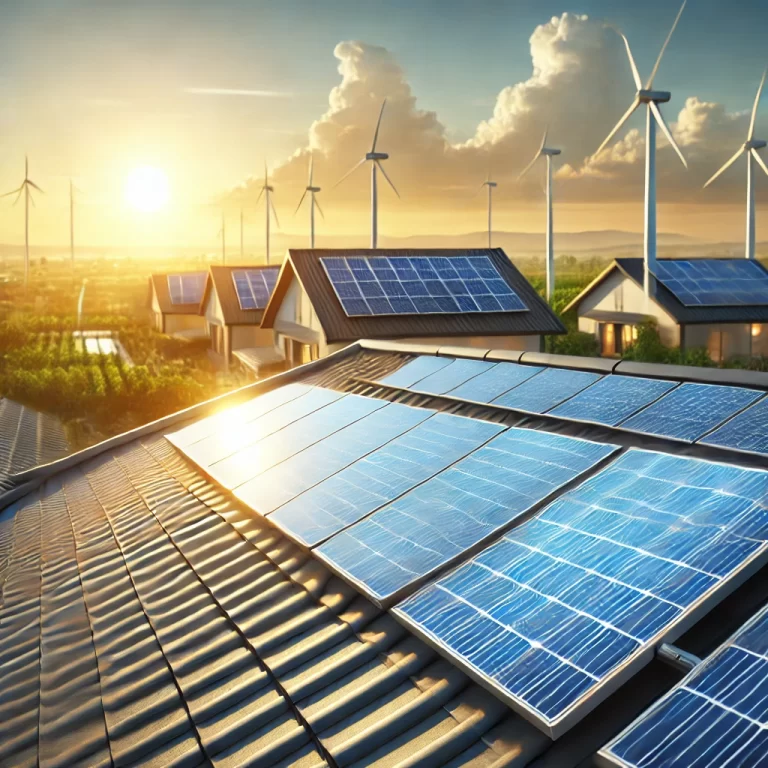
Investing in a solar power system is a long-term commitment, and understanding the lifespan of solar panels is essential for maximizing your investment. Most solar panels are designed to last for 20 to 30 years, but their efficiency may gradually decrease over time.
In this guide, we will break down the average lifespan of solar panels, factors affecting their longevity, and tips for extending their operational life.

Solar power systems are becoming an essential part of renewable energy solutions for both residential and commercial use. But to fully understand how these systems work, it’s important to know their key components and how they function together.
In this article, we will break down the key components of a solar power system, explaining how they work together to convert sunlight into usable electricity.

Running a small business often involves tight budgets and rising energy costs. For many entrepreneurs, finding ways to reduce operational expenses is crucial to staying competitive.
One solution that is gaining popularity is the installation of balcony solar systems. This article will explore how one small business achieved significant cost savings and environmental benefits by using a balcony solar setup.
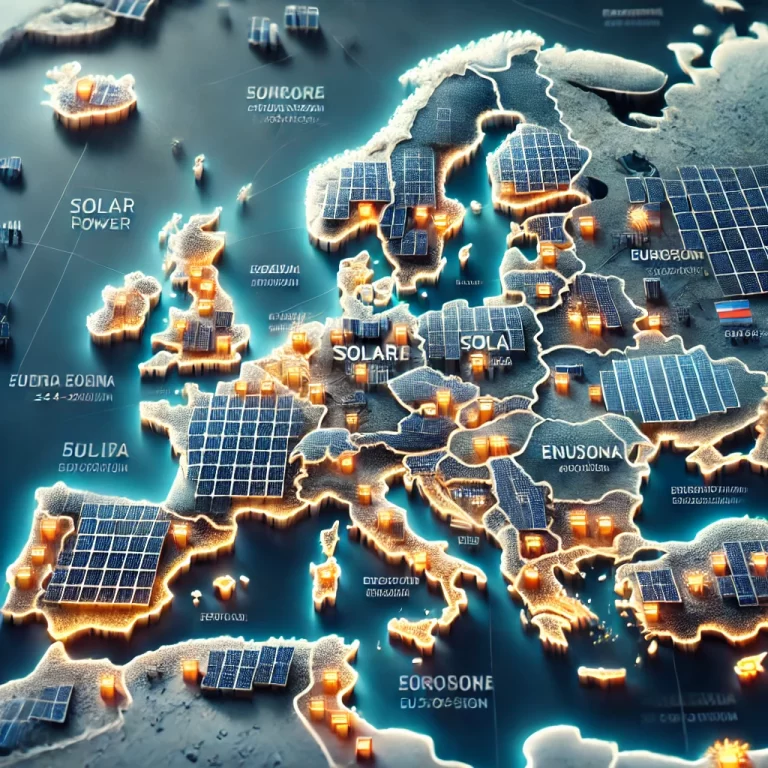
With its ambitious goal of achieving carbon neutrality by 2050, the European Union (EU) has implemented a series of policies to promote renewable energy, particularly solar power. These policies are aimed at encouraging both residential and commercial solar installations to reduce dependence on fossil fuels and combat climate change.
But how do these policies impact homeowners across Europe? Let’s explore the key initiatives and their implications.
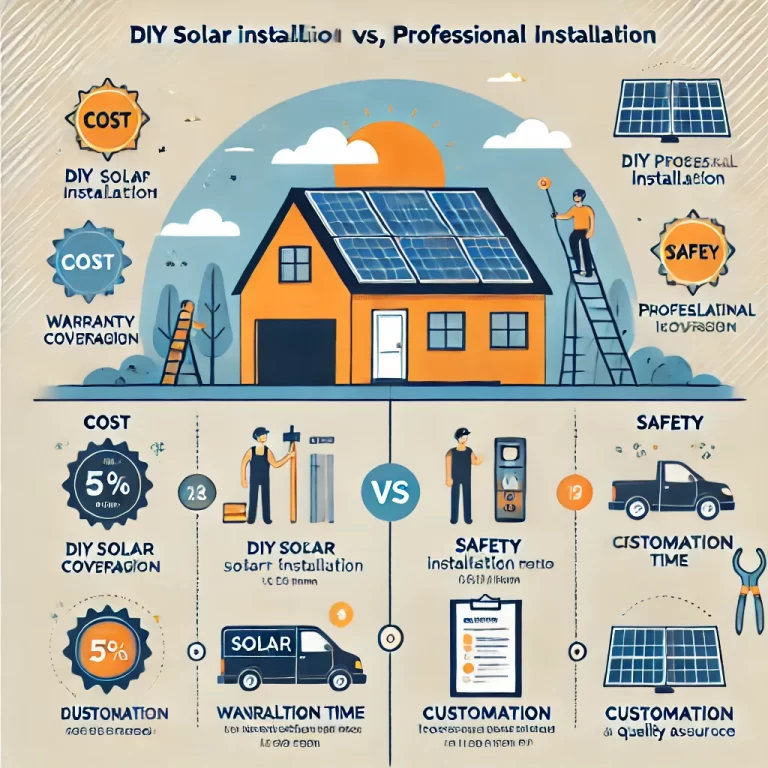
If you’re considering switching to solar energy, you have two main options: DIY solar installation or hiring a professional installer. Both approaches come with their benefits and drawbacks. Which one is right for you? Let’s compare.
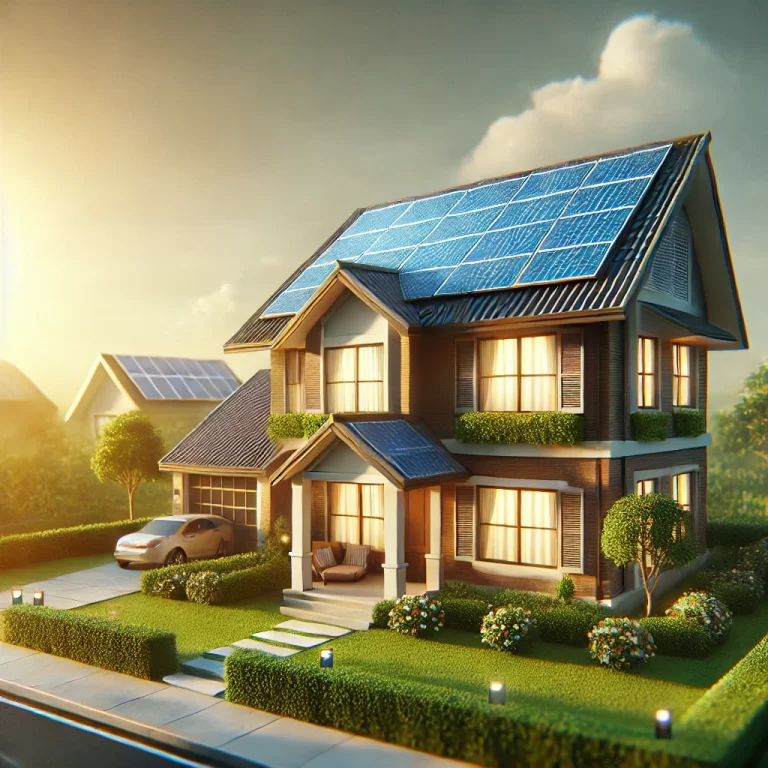
Solar energy has emerged as one of the most popular renewable energy sources. But is it truly worth the investment? While many homeowners and businesses are switching to solar, others remain skeptical due to costs, efficiency, and installation challenges.
Let’s break down the pros and cons of solar energy to help you decide whether it’s the right choice for you.
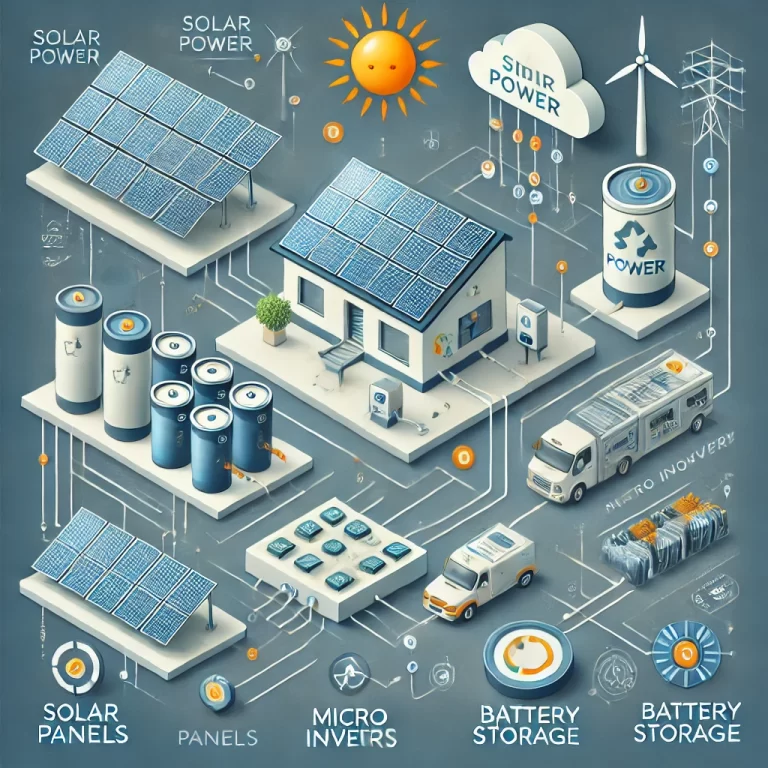
A micro inverter is a crucial component in a solar power system. It converts the DC electricity generated by solar panels into AC power that can be used in your home or fed into the grid. Unlike traditional string inverters, micro inverters operate independently, meaning that one failing unit won’t shut down the entire system.
However, like any electronic device, micro inverters can sometimes fail due to electrical issues, weather conditions, or connectivity problems. This guide will help you diagnose and fix common micro inverter problems to restore your solar system’s performance.

As energy costs rise and environmental concerns grow, many homeowners and businesses are seeking energy independence. Transitioning from grid-dependent electricity to a self-sufficient solar power system offers lower costs, environmental benefits, and energy security.
This transformation requires careful planning and the right technology. Let’s explore how to switch from grid dependence to a fully self-sufficient solar power system.
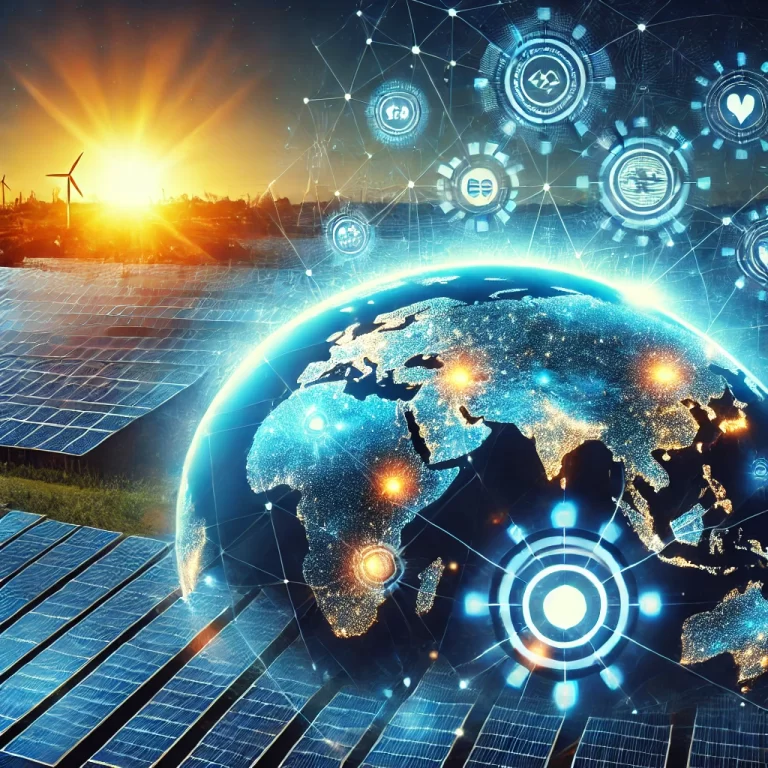
With the world shifting towards renewable energy, solar power has become one of the most important solutions to combat climate change and reduce reliance on fossil fuels. Some countries have taken the lead in adopting and developing solar technology, setting benchmarks for the rest of the world.
Here are the top five countries that are leading the solar energy revolution based on installed capacity, government policies, and technological advancements.










